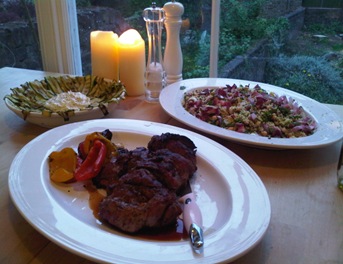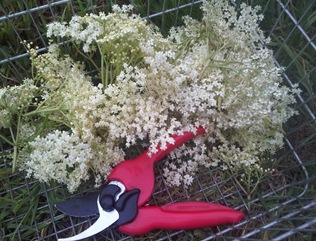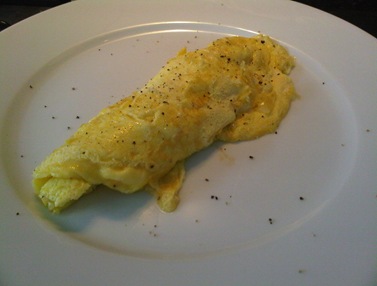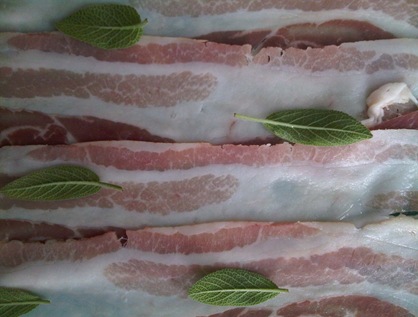The other week we found ourselves in a garden so rambling and beautiful that even the next-door neighbour’s roses wanted in. With heavy heads they craned over the dividing wall, chaotic with their strong, sweet scents, dropping petals in their eagerness to spot the wild strawberries running rampage over the flagstones. Looking over the other way, I was mystified as to their covetousness, for not one in this little ladder of blossoming walled gardens would have looked out of place at the Chelsea Flower Show. Our friend Libby, the proud co-owner of this enchanted glade, told us that the neighbour’s rabbit would often be sighted munching its merry way through any of them (I don’t blame him, what a feast - but beware the foxes!) The warm, crepuscular air was loaded with heavy fragrance and the promise of thunder, so we settled on drinks al fresco and supper surveying the foliage from the safety of the kitchen, suspended over the garden in our glassy Juliet balcony. I’m pretty sure we were in a food stylist’s dream.
This hunch was reinforced when we were confronted with an Ottolenghi-inspired spread, of chargrilled ribbons of courgette; scorched blackened peppers; couscous jewelled with cranberries and herbs; a fresh, cooling yoghurt dip and barbequed butterflied leg of lamb, smothered in chermoula. From this blousy garden in N1 my palate chartered a magic carpet to the souks of Northern Africa. And it didn’t stop there.
Libby bestowed upon us the secret of the Spicery, a genius enterprise that sends monthly parcels of spice blends and associated recipes for a subscription. An ace present for any foodie I reckon. This was the inspiration behind the long pepper and bourbon vanilla shortbread that accompanied our berries and whipped elderflower cream. The biscuits were light and buttery giving way to prickles of sweet long pepper heat; afterwards not a crumb remained.
Inspired by Libby’s exciting addition to this teatime favourite, I have decided to experiment over the next few weeks, boring whoever’s coming round with shortbread chapter and verse. Rosewater, spices, lavender, tea - I’ll try them all in the mix. But I might cheat on the blending part with our new food processor. Three days and counting….
*like pepper but hotter, native to Indonesia
Shortbread (makes 20-24 fingers)
125g/4oz butter
55g/2oz caster sugar
180g/6oz plain flour
Heat the oven to 190C/375F/Gas 5.
Beat the butter and the sugar together until pale and creamy.
Stir in the flour to get a smooth mixture. Add spices, scents, zests – whatever takes your fancy. Turn on to a work surface and gently roll out to 1cm thick.
Cut into rounds or fingers, place onto a baking tray and chill in the fridge for 20 minutes. Avoid using your hands too much at this stage as they will melt the butter and make the mixture greasier.
Bake in the oven for 15-20 minutes, or until pale golden-brown. Set aside to cool on a wire rack.
Sprinkle with caster sugar and serve. Would go very well with homemade elderflower ice-cream.




